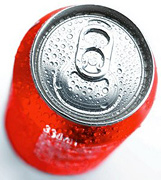Do you know what's in your child's backpack, how much it weighs, or how that weight is affecting their neck, shoulders, back and spine? You need to know, because studies suggest far too many children are carrying far too heavy loads to and from school, and with serious consequences.
For example, a 2003 study in Spine found a significant relationship between the incidence of lower back pain among schoolchildren (ages 12-18) and both the weight of their backpacks and the amount of time the backpacks were used. Some backpacks were inordinately heavy; 18.9 percent of the students surveyed carried backpacks that weighed more than 20 percent of the student's body weight when full.
In another study, published in the same journal a year earlier, four of five children said their backpacks were heavy, and two-thirds said they felt fatigue when carrying theirs. The study also showed that lifetime prevalence of low back pain was related to the amount of time children carried backpacks on their shoulders.
Not very good news, is it? So, what can you do as a parent to help your children in this regard? Here are a few simple suggestions courtesy of National University of Health Sciences in Lombard, Ill.:
- Make sure your child's backpack weighs no more than 10 percent of their body weight.
- Also ensure that it doesn't hang more than 4 inches below their waistline.
- Urge your child to wear both shoulder straps. The straps should be adjustable so the backpack can be easily fitted to your child's body
